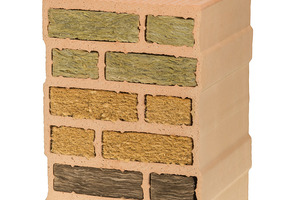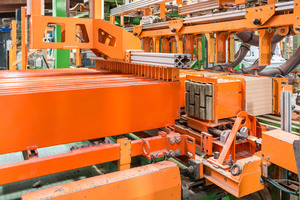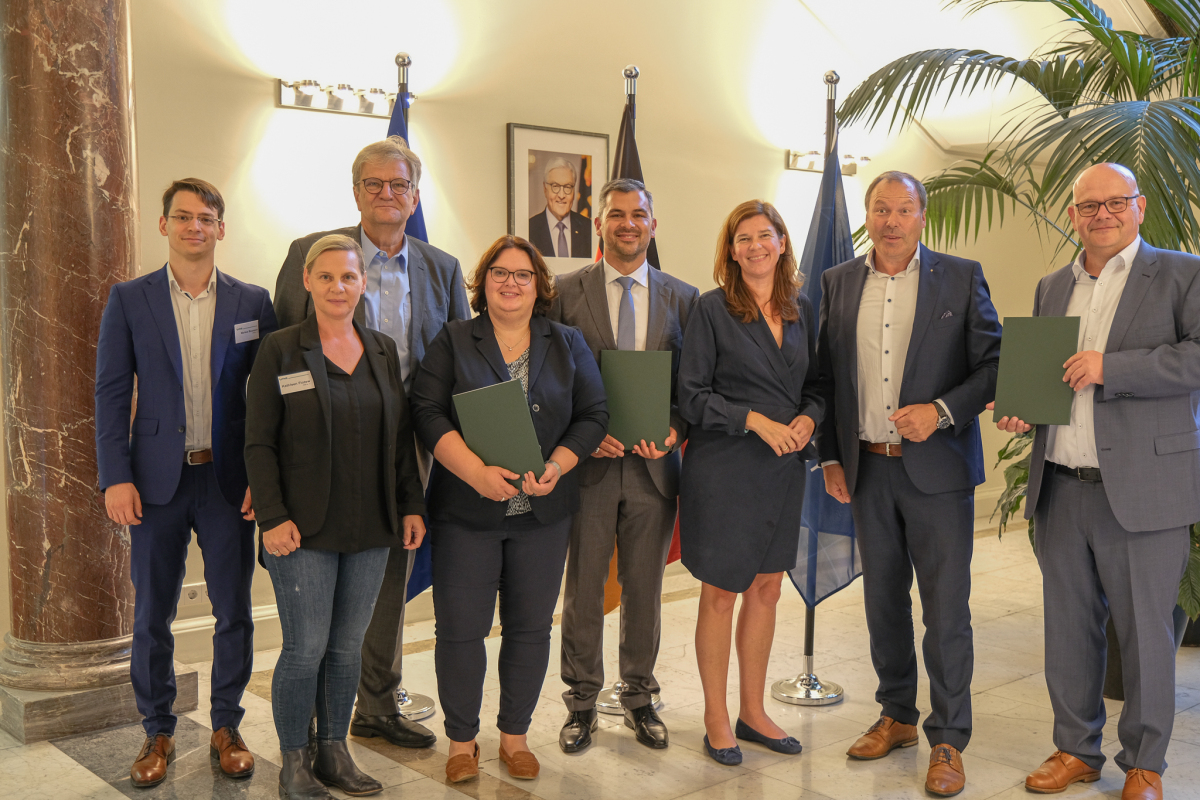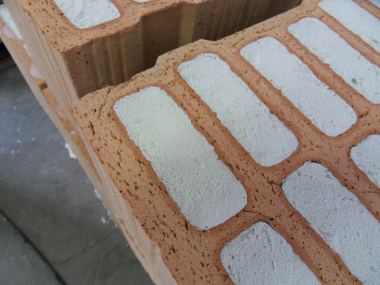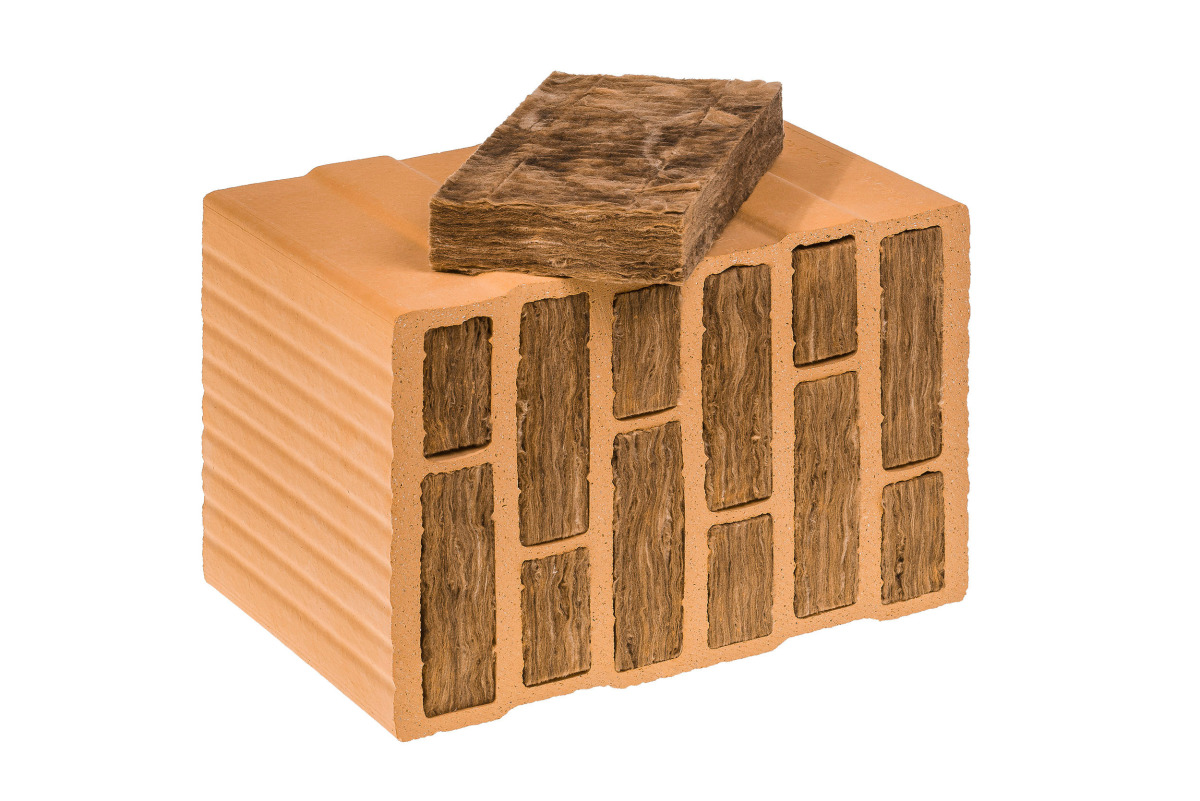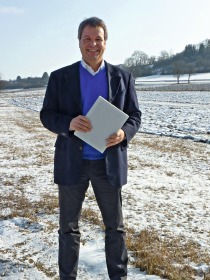Research project launched for climate-friendly brick insulation materials
30.03.2023Together with the Fraunhofer Institute for Wood Research Wilhelm-Klauditz-Institut (WKI) and Loick Biowertstoff GmbH, Ziegelwerk Bellenberg Wiest GmbH & Co. KG is working on the construction of a pilot plant for the use and evaluation of beech wood fibres as an insulating material for bricks. The project is funded by the Federal Ministry of Food and Agriculture (BMEL) with 1.86 million euros.
The goals of the research project include the development of a process for defibration and further processing of beech wood into a flexible fibre mat or wood foam with which large-chamber bricks are to be filled. Then, in the future, another wood-based insulation material (middle insulation chambers) could be available in addition to the mineral insulation materials of rock wool (upper insulation chambers) and glass wool (lower insulation chambers).
Today, climate protection is a duty for every builder. In order for newly built properties to get by with even less energy than before, the best possible thermal insulation of the building envelope and especially of the exterior walls is necessary. It is important to note that in order to meet all the required sustainability criteria, the wall-building material and insulating material should be as natural as possible.
The Federal Ministry of Food and Agriculture (BMEL) is now funding the construction of a pilot plant for the use of beech wood fibres as a brick insulation material with a total of 1.86 million euros from the Renewable Resources Funding Programme. Together with the Fraunhofer Institute for Wood Research Wilhelm-Klauditz-Institut (WKI), Loick Biowertstoff GmbH and Ziegelwerk Bellenberg Wiest GmbH & Co. KG, forestry, insulation material and brick production work closely together with science in the spirit of the biobased economy. By 2025, the climate-friendly brick with integrated insulation based on beech wood is to receive building authority approval from the German Institute for Building Technology.
Away from petroleum
Many buildings are currently still insulated with hardboard or elastic foams based on petrochemical plastics. These materials have good insulating properties and can be produced easily and cheaply. However, they are not environmentally friendly. Alternative wood-based insulating materials, which are mostly made of wood fibres or wood wool, have the disadvantage that they fib and are less dimensionally stable. Due to temperature fluctuations and humidity, part of the insulating effect can be lost in the long run.
Within the framework of the research project, the aspects of local availability, quality and quantity of the beech wood material, economic aspects and numerous other requirements are being investigated. The aim is to develop a process for defibration and further processing of beech wood into an improved flexible fibre mat or wood foam. In the process, water absorption, fire and glow behaviour are to be optimised. Researchers at the Fraunhofer Institute for Wood Research Wilhelm-Klauditz-Institut (WKI) have already developed a promising process for producing foam from wood particles. To do this, the wood is ground into fine particles until a slimy mass is produced. This suspension is then foamed and cured.
The concept of the pilot plant is based on the knowledge gained in the laboratory, which is now to be transferred to an industrial production process. To this end, various technical processes are being investigated. As a result, in future the fibre insulation mats, wood foam boards or foam granulates made of beech will be used to fill not only small-chamber bricks but also special large-chamber bricks developed by Ziegelwerk Bellenberg. In addition to good structural-physical properties such as static, sound and fire protection, the bricks also offer reliable mechanical protection as well as protection against the effects of weather for the insulating materials. Both natural products - bricks and beech wood - thus enter into a profitable symbiosis over a particularly long service life and can also be recycled at the end of the building's life.

